Introduction
On any centralized exchange like Binance, Coinbase, or Kraken (as well as any stock exchange that uses the order book system), there are several different order types you can place. If you are someone who just clicks the big “Buy” or “Sell” buttons whenever you want to make a trade because you’re not sure what limit orders and stop orders are, then this guide is for you. Or, if you’re experienced enough to comfortably wield limit and stop orders, but can’t seem to wrap your head around stop limits, you’re in the right place. If you’re savvy enough to understand everything I’ve mentioned so far, but are curious about things like OCO and OSO orders, then you too should find this guide helpful.
In this guide I will cover market orders, limit orders, stop orders (aka stop losses), stop limit orders, and one-cancels-the-other orders. I will cover them in the order mentioned, which is in the order of increasing complexity. This is a very long guide that includes examples for each type of order, and it ranges from beginner-friendly to intermediate, so I recommend skipping ahead to whatever section is relevant to you, and/or saving this post for future reference.
**note: for most of the examples in this guide, I use sell orders, but please understand that all these order types apply to buy orders as well. The logic is always the same, just, well, inverted.
Market Orders
Put in the simplest terms, a market order is what you are placing if you just click “Buy” or “Sell” on some exchange. It basically means you want to buy or sell a given amount of the specified asset immediately, at the current market price. That’s really all there is to it, but to understand what’s actually happening on the order book when you do this, you need to have a grasp of limit orders (because when you place a market order, it will get matched with somebody else’s limit order), which are covered in the next section.
Limit Orders
Limit orders are crucial for understanding order books, as they are the bread (and market orders the butter) upon which order books are based. Let’s start with an example.
Perhaps you hold a bunch of some asset currently at $1. You decide that if it hits $1.50, you want to sell. So you make a limit sell order. This is simply an order that will be automatically triggered at the first opportunity to sell at or above the limit price you chose, $1.50. It will only fill if you can get a price equal to or better than the limit price. You're basically publishing an offer to the world, saying "if ever anyone wants to buy at $1.50 or higher, I am down, and my computer will automatically do the trade with you". In other words, if the price ever makes it up to $1.50, you will automatically sell to whomever next makes a market buy. While market orders execute immediately, limit orders can sit on the books indefinitely.
That’s all you need to know to use limit orders, but the rest of this section will go into more depth about how limit orders and market orders come together to make the order book system work. Feel free to skip it if you’re not interested, but if you actually want to understand order books and how prices move, this is essential.
The bid price is how much one unit of the asset costs to buy right now with a market order, and it is determined by the cheapest limit sell order currently on the books. This is logical: the current price of an asset is just given by whatever the best sell deal is currently being offered, so when I make a market buy, I am just buying from the person currently offering to sell for the lowest price.
So, if I have placed a limit sell at $1.50, but the bid price is currently $1.00 like in our example above, that means some other trader has a limit sell at $1.00, and they are therefore the one defining the bid price on that exchange at that moment (and there are also probably many other limit sells filling up the space between the $1.00 limit sell and my $1.50 limit sell; the more densely this space is filled in, the higher liquidity the market is said to have). If someone makes a market buy, they will get matched to the person offering the limit sell at $1.00, and they will consume that limit sell order (or at least part of it). When that limit sell is consumed, the bid price moves to the next cheapest limit sell, probably at like $1.001. In this way market buys gradually consume limit sells, from the cheapest limit sell on upward, and this is how the price actually moves. If all the limit sells between $1.00 and my own limit sell at $1.50 get consumed, then my order is now the cheapest sell offer and therefore the one defining the bid price on that exchange, which has risen to $1.50, and the next person to click on market buy will be buying from me at $1.50, and my order will finally execute.
So, an exchange’s order book is really just two big lists: all the limit sell orders, and all the limit buy orders. Market buy orders consume limit sell orders from the cheapest on up, while market sell orders consume limit buy orders from the most expensive on down. This is how price moves. To learn more about these ideas, look up ask price, last price, and spread. If you want to understand how prices stay approximately the same between different exchanges even though the system I have described seems isolated for a given exchange, look up arbitrage.
Stop Orders (Stop Losses)
Now imagine you also want to automatically sell if it gets to $0.50 or lower, maybe because you believe that would indicate free fall and you'd want to just cut your losses. A sell limit order wouldn't work here, because a limit order is triggered so long as it can be filled at the limit price or better. So, if you set a sell limit for $0.50 while the price is currently $1.00, it would be instantly executed and your position would be sold at $1.00, because $1.00 satisfies the condition of being equal to or better than the $0.50 limit price. So, this doesn't do what you want. That's were stop orders come in. A stop order will trigger a sell at the best available market price once the stop price has been reached. So, if you set the stop price to $0.50, then once the market price passes below that threshold, your position will be sold at the best available market price in that moment (which will usually be very very close to the stop price you set). A stop order is technically just a trigger that places a market sell order for you when the price hits the trigger threshold.
So, here is the difference between a limit order and a stop order: in a limit order, the limit price is just a threshold above which you will automatically accept a trade and below which you will not. It's basically like an open offer to sell at some price or better. With a stop order, the stop price is not a threshold below which you will accept a trade. Instead, it is a trigger: once the market price passes your stop price, then it will place a market sell for you and your position will be sold instantly to the highest bidder in that moment.
Now, this means that usually your position will be sold basically right at the stop price (or very close, like $0.4998), because if your position is being sold to the highest bidder the moment the price touches your stop price, the highest bidder will basically be buying at the stop price. However, there are exceptions.
For example, in the stock market, there is after-hours trading when you can't trade, but special people can. Now, imagine the day closes with the price at $0.55, and your stop price is $0.50. During after hours, a bunch of whales dump the stock, and by open tomorrow morning, it is at $0.40. Your stop loss will be instantly triggered and you will sell at $0.40, not $0.50 like you wanted. This is because the triggering event of the market price passing your stop price happened (during after hours), so the position was sold at the earliest possible time at the highest available price, which happened to be at market open the next day at $0.40.
Another example is this: imagine a gigantic whale decides to sell an absurd amount of your crypto just a tiny bit above your stop loss price, at like $0.501. The whale thus consumes a ton of limit buys, so the price drops off a cliff, and therefore drops past your stop price, so automatically you get in line to sell at the highest available price. But the demand to buy at $0.50 has already come and gone (consumed by the whale), and there aren't enough buyers to keep up with the sellers, so by the time your transaction actually gets filled, it ends up being at $0.45, not $0.50.
Stop Limit Orders
This brings us to the stop limit order. The stop limit combines both limit orders and stop losses. They require that you specify two prices: the stop price, and the limit price. If the market price passes the stop price, that triggers the creation of a limit order with the limit price you specified. Let's consider a couple cases where you might want to use this.
Let's say, like before, you believe if the price gets as low as $0.50, then that signals that you need to exit. However, you are definitely not willing to sell below $0.30. You would rather just hold and hope it recovers one day than sell that low. So, you make a stop limit order where the stop price is $0.50 and the limit price is $0.30. The moment the price gets as low as $0.50, the stop will be triggered, which will then create a limit order whose limit price is $0.30. So, the stop price is the trigger to decide you want to make a sell offer, and the limit price is the lowest you are willing to sell for once the stop trigger actually happens. 99% of the time, this stop limit order will mean you end up selling basically right at $0.50, just like the stop order we talked about earlier. Once the stop price is passed, your limit order will be created for $0.30, which will immediately be filled at like $0.499, because that is the current price, and it satisfies the condition of the limit order, which is to sell at or above the limit price of $0.30. However, in the off-chance that your stop price is triggered at $0.50, but the price then somehow teleports down to $0.25 (after hours trading, price slippage, or your exchange going down) then your position would not be sold, because the price is below the limit price you set. If the price eventually recovered to $0.30, your position would then be sold at that price, if you hadn't cancelled the order by then.
Another use case would be this: say, once again, you believe that if the price drops below $0.50, that is a red flag that you should exit your position. However, you believe that if it does get that low, there is a very good chance that there will be a dead cat bounce (where something makes a short-lived partial recovery while it is in its death throes). You bet that, if this coin gets as low as $0.50, it will briefly make it back up to $0.70 before crashing fully and dying. So, you make a stop limit order with $0.50 stop price, and a $0.70 limit price. If ever the price gets as low as $0.50, you will now automatically publish an offer to sell at $0.70 (ie: a limit order with $0.70 limit price will be created). If the price now rebounds up to $0.70 like you thought it would, your order will be filled and you will sell at $0.70. If it doesn't end up rebounding that high, your order won't be filled, and you'll end up holding. It's like saying "I believe if we go as low as $0.50, that's a good indication we are crashing hard, so I will try to exit at $0.70 shortly thereafter during a bounce, but if I can't get that good of a deal, I guess I'll just hold and hold and hope it recovers one day".
So, while a stop order is a threshold trigger that places a market order for you when triggered, a stop-limit order is a threshold trigger that places a limit order for you when triggered.
OCOs and OSOs
These types of orders are only available on some exchanges, and are mostly useful to people who trade frequently, like day traders and people who do TA. This is not my ball game, but I’d like to explain them anyway.
A one-cancels-the-other (OCO) order is actually a pair of orders that you define. One might be a limit order, the other might be a stop order, whatever. If ever one of these orders gets executed, the other then gets cancelled.
Here is an example where a trader might use this.
Imagine a trader who has 100 units of some asset that is trading around $20. Their target is $25, where they would like to sell the 100 units, but they don’t want to lose more than $3 per unit, so for risk mitigation they also want to sell if it gets as low as $17. This trader could place an OCO order containing a limit sell order at $25, and a stop order to sell at $17. Whichever price hits first will cause their 100 units to sell, and will also cancel the remaining sell order.
If, instead of using an OCO order, they had set up the limit order and the stop order independently, well, if they are not using a margin account, they probably won’t be allowed by the exchange to place the second order, because those two orders amount to 200 units’ worth of selling, but they only own 100 units. An OCO order would allow them to place both orders, since it’s guaranteed only one will execute. If they do have a margin account, then they would probably be allowed to place both orders independently, but imagine the price then goes to $25, the limit sell executes and they sell their 100 units and make their profit, but they forget to now cancel the stop order at $17. If the price later gets down to $17, their stop order will be triggered, causing them to sell 100 units they don’t have, which means they would accidentally be entering into a short position. Accidental margin is...not a good idea.
An order-sends-order (OSO) order is defined by some order (again, could be a limit, a stop, or pretty much whatever you want), which, when executed, triggers some other order to be placed. It’s like saying “if this order ever goes through, then I want to automatically set up my next play.”
OCO and OSO orders can be wielded in conjunction (and I assume chained together, though I’ve never used them so I’m not certain) to create arbitrarily complex logic around your trades, basically like a programmer using if-statements. This can be very powerful, but is obviously overkill for the vast majority of users.
Conclusion
So, in summary: A market buy instantaneously buys from the lowest price limit sell, and a market sell instantaneously sells to the highest price limit buy. A limit buy sits on the order book until it is the highest price limit buy, at which point it will be consumed by a market sell, and a limit sell sits on the order book until it is the lowest price limit sell, at which point it will be consumed by a market buy. A stop order is a price threshold trigger which will place a market order when it’s tripped. A stop-limit order is a price threshold trigger which will place a limit order when it is tripped. An OCO order is a pair of orders where one of them executing causes the other to cancel, and an OSO order is some order which, when it executes, causes some other order to be placed.
I hope this helps somebody!
[link] [comments]

You can get bonuses upto $100 FREE BONUS when you:
💰 Install these recommended apps:
💲 SocialGood - 100% Crypto Back on Everyday Shopping
💲 xPortal - The DeFi For The Next Billion
💲 CryptoTab Browser - Lightweight, fast, and ready to mine!
💰 Register on these recommended exchanges:
🟡 Binance🟡 Bitfinex🟡 Bitmart🟡 Bittrex🟡 Bitget
🟡 CoinEx🟡 Crypto.com🟡 Gate.io🟡 Huobi🟡 Kucoin.
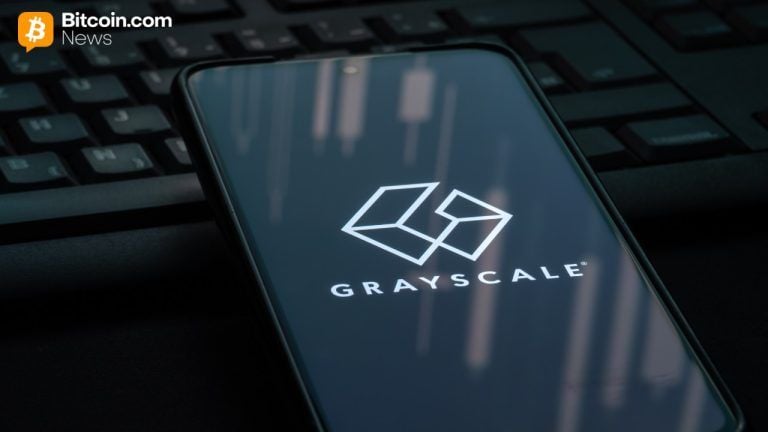
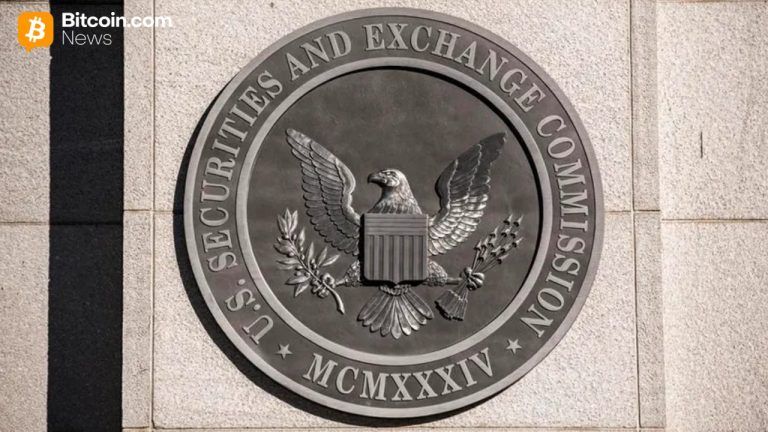
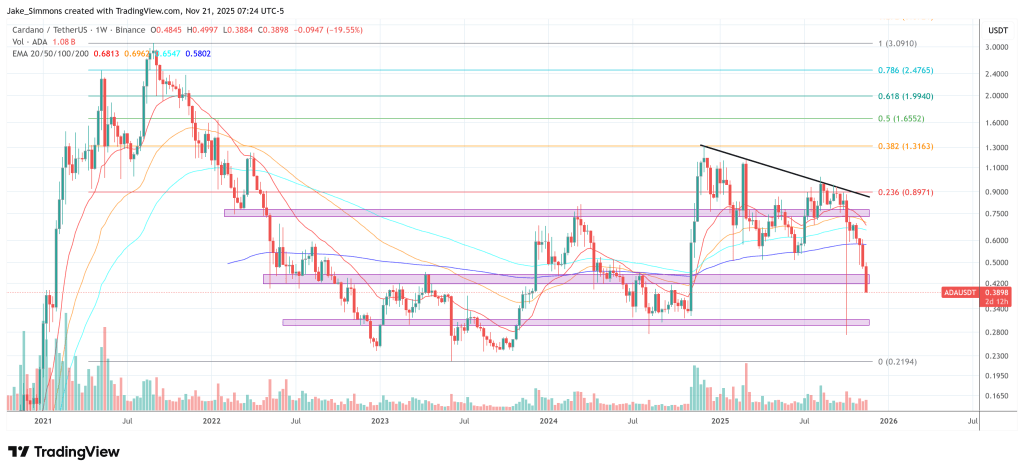
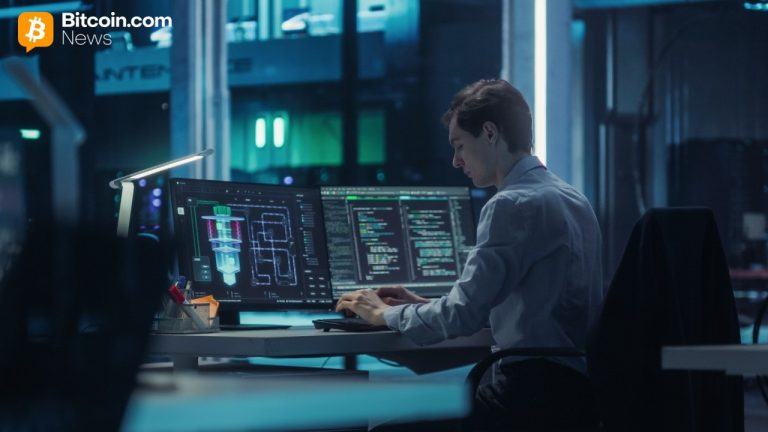


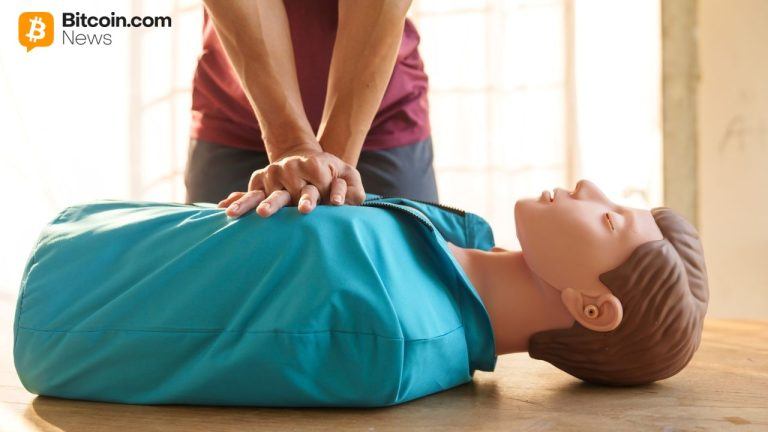

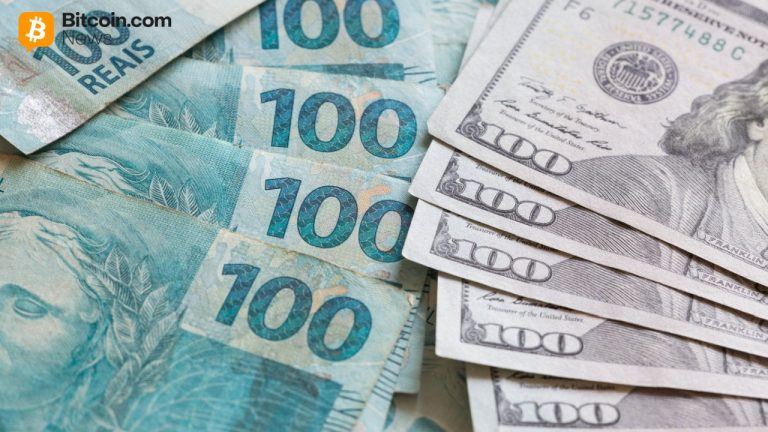

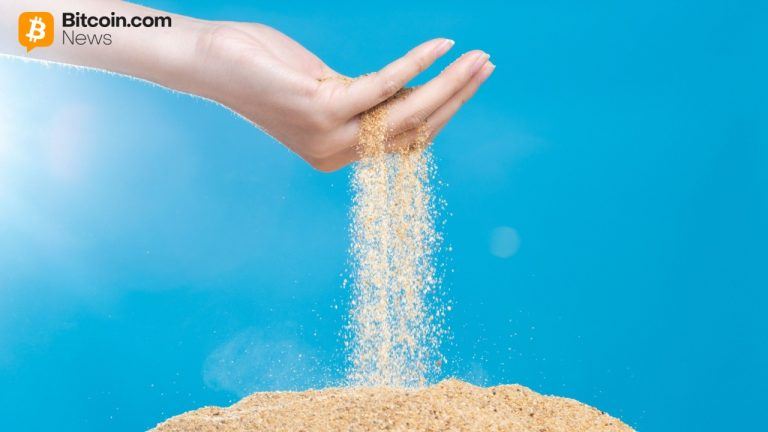
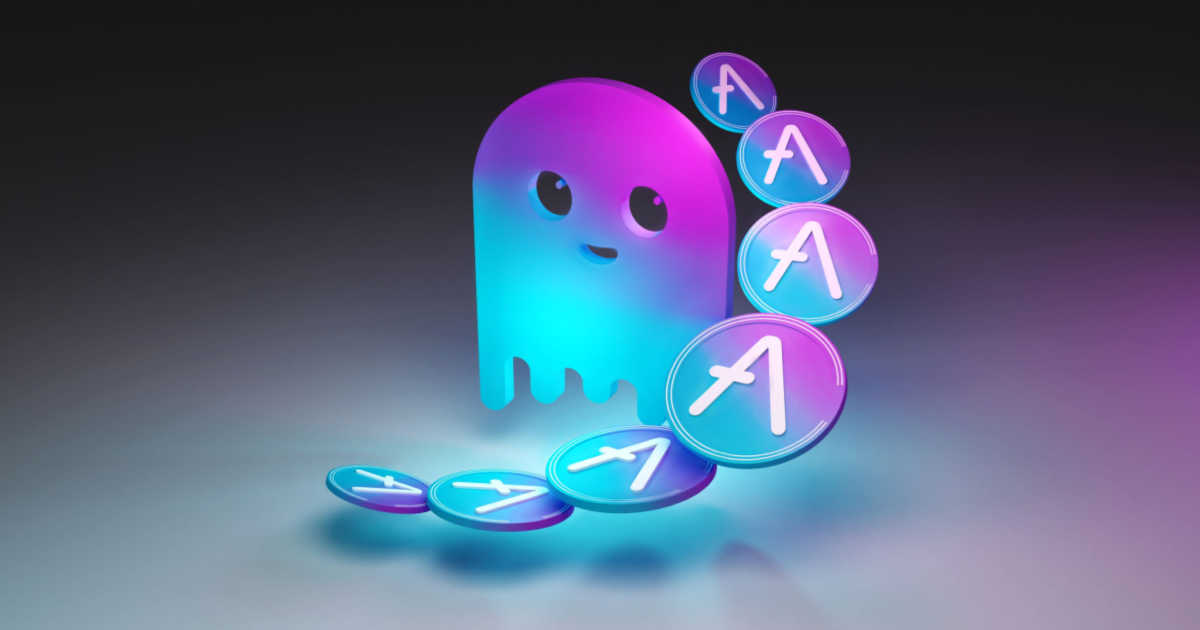
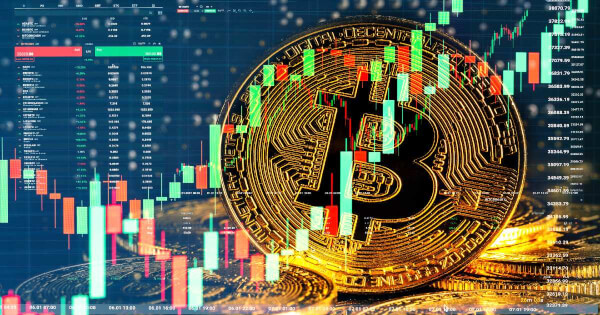
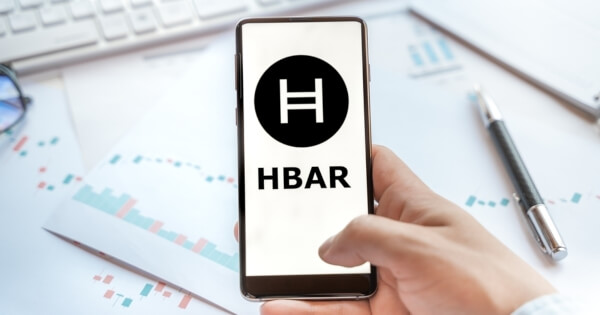




Comments